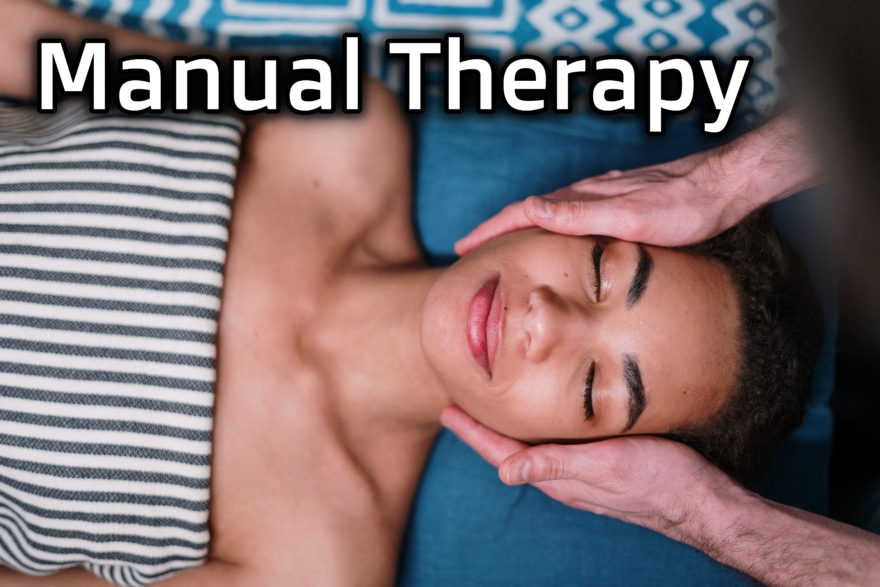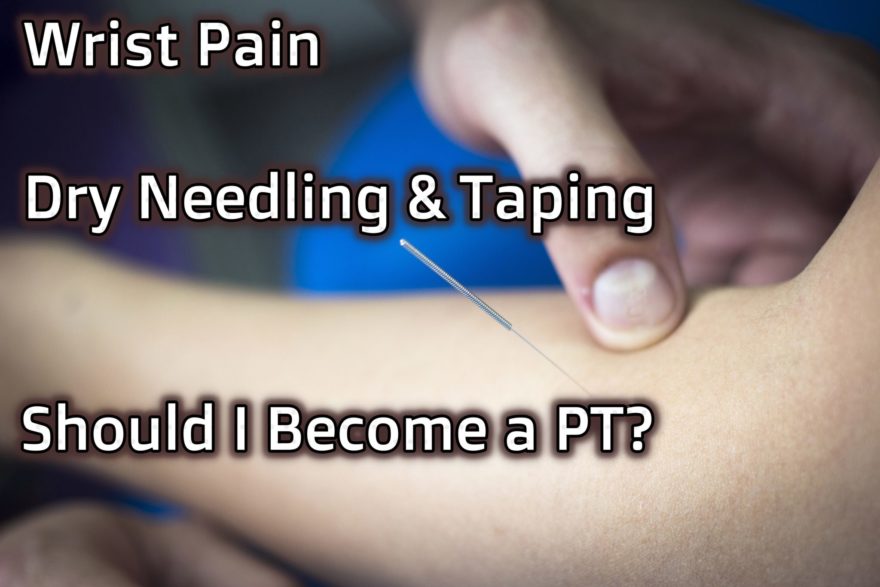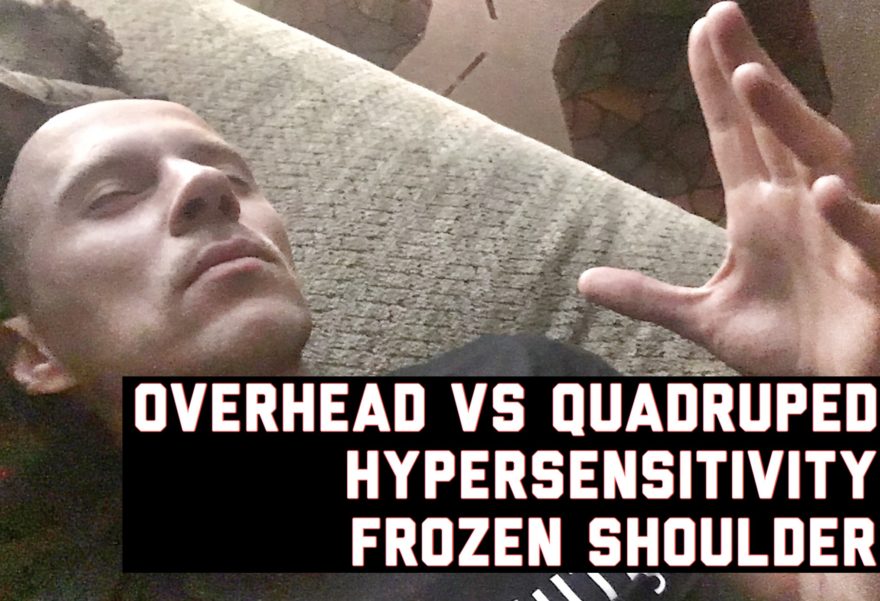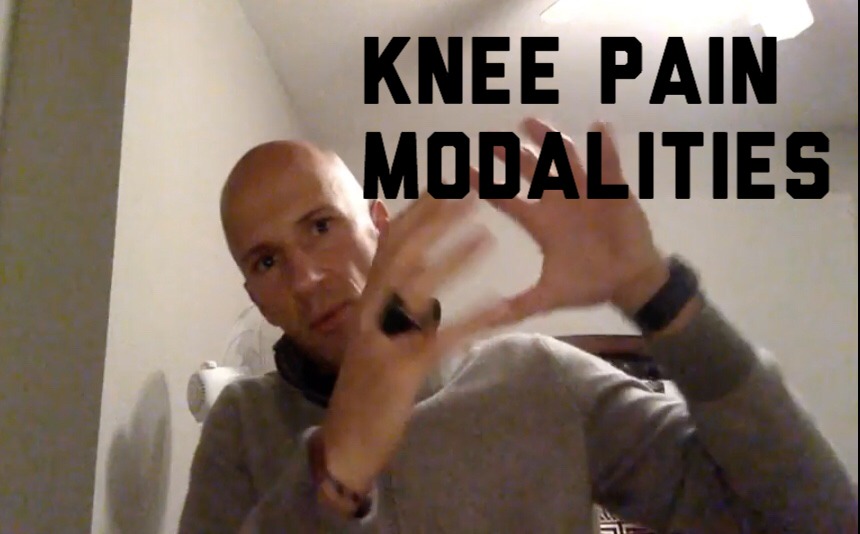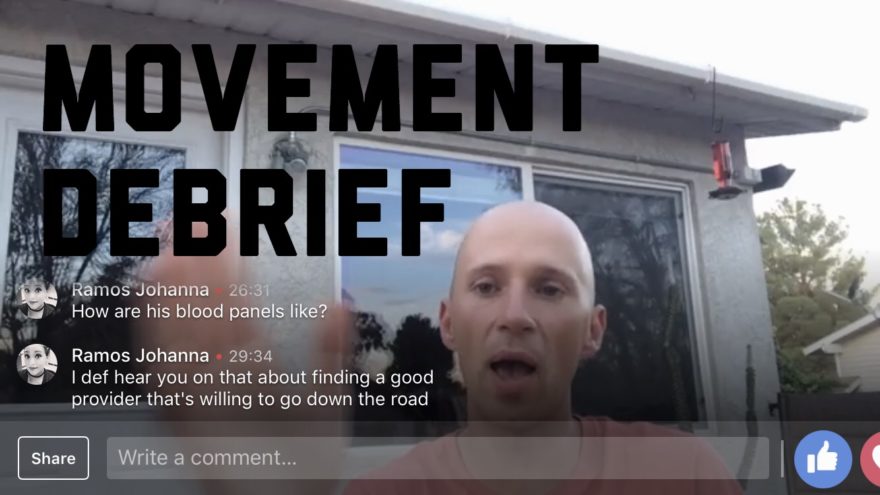Take your golf, fitness, and rehab knowledge to the next level It can be easy to get lost in the noise with all of the potential treatments, exercises, models, and more, when it comes to anything in the rehab and performance field. Is there a way to put everything together? To use a wide variety of methods and be targeted with execution. That, folks, is what few people do to the level of Dr. Mike Kay, and I’m juiced up to have done a podcast with him. In this podcast, you’ll learn: How Mike went from accumulating rehab tools to developing rehab principles t How and why vibration plates, tiger tails, and needling can create CRAZY movement changes How to make better decisions clinically and when to look at sensory systems Why static postural assessment isn’t so bad after all How infrasternal angle archetypes can impact the golf swing The best ways to train for better golf and baseball performance WITH MINIMAL COACHING What the big keys are for basketball performance How to get the most out of home exercise programs Building a cash pay physical therapy practice How to balance entrepreneurship with family
Read More
